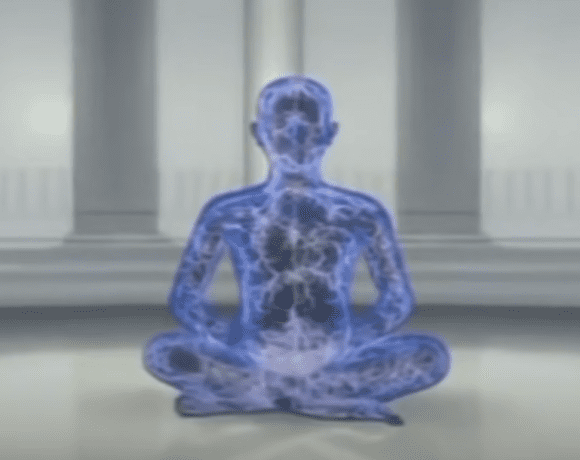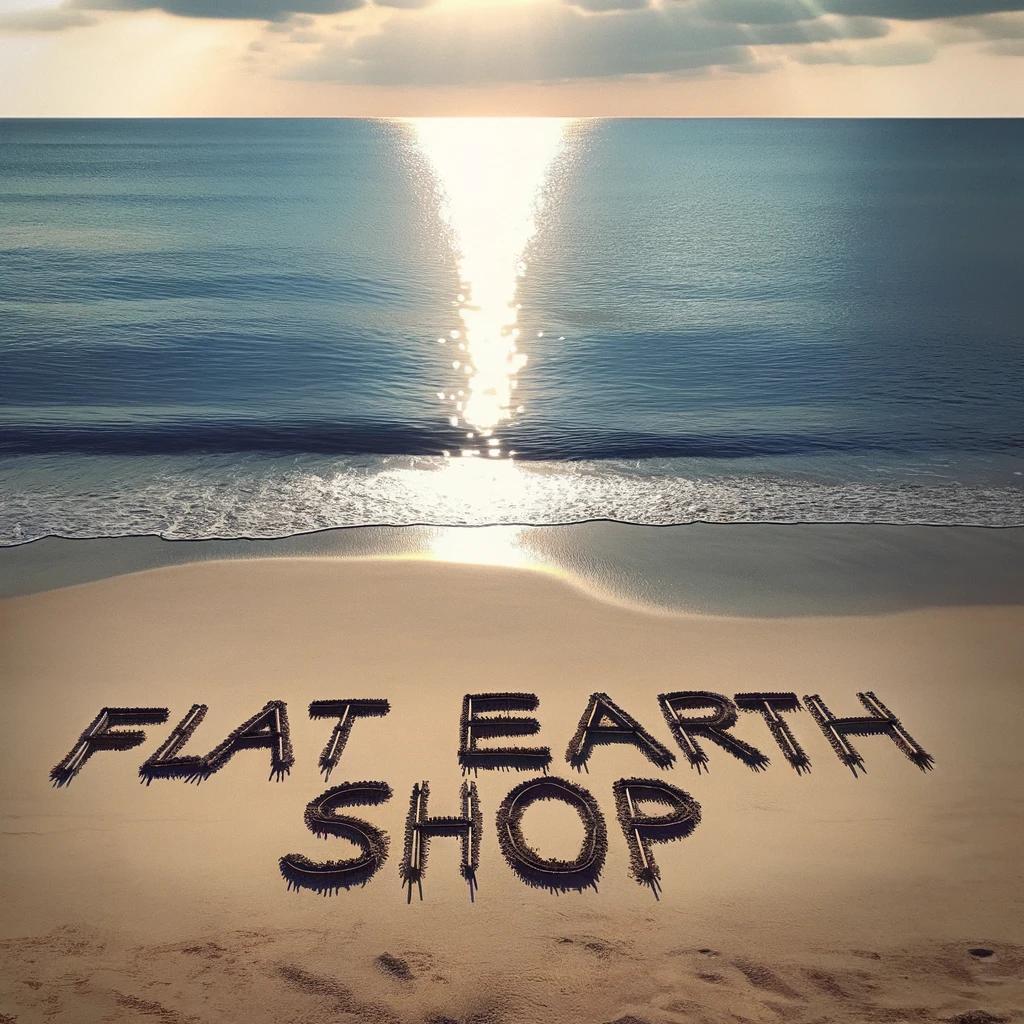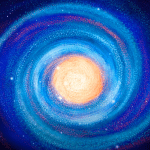Marveling at Nature’s Unique and Semi-Unique Forms
The natural world is brimming with unique and semi-unique forms that defy explanation by conventional Western science. Each form in nature exhibits semi-unique traits that set it apart from others. For instance, each oak tree possesses distinct features that typify it as an oak, yet no two oak trees are identical. This article delves into the enigma of how these unique and semi-unique forms in nature come to exist.
Rupert Sheldrake’s Groundbreaking Theory of Morphogenetic Resonance
Eric Dubay’s video on “Morphogenetic Resonance” explores Rupert Sheldrake’s revolutionary theory. Sheldrake posits that morphogenetic resonance is a process responsible for creating and sustaining forms in nature. Morphogenetic fields are non-material, energetic fields containing the information required to organize and develop biological systems. These fields are inherited across generations, crafting a collective memory that influences the form and behavior of each individual within the species.
Morphogenetic Resonance and the Genesis of Unique Forms
Morphogenetic resonance provides a possible explanation for how organisms can develop similar traits and behaviors, even when geographically isolated or genetically unrelated. This theory may elucidate the emergence of unique and semi-unique forms in nature. Morphogenetic fields connect organisms, allowing them to share information and learn from each other, even without direct contact.
Debates and Controversies Surrounding Morphogenetic Resonance
The notion of morphogenetic resonance remains contentious in mainstream science. Nevertheless, it offers a fascinating insight into nature’s hidden mechanisms. Delving deeper into this concept could yield a more profound understanding of nature’s mysteries and our place in the universe.



















